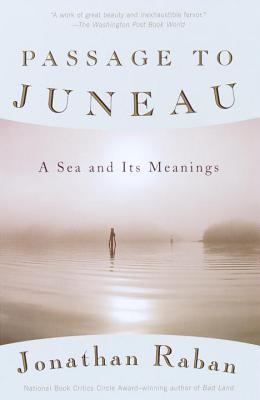What do you think?
Rate this book


464 pages, Paperback
First published October 12, 1999
Another all-time fave, this book is a treasure: a man taking time to listen to himself think, to travel in an elemental way, to commune with nature and history, and taking us along for the ride. Introspective, historically thorough and informative, Passage to Juneau is a journey I take over and over, whenever I need the comfort of a wise friend and a sense of history and discovery to help me enjoy the world again.